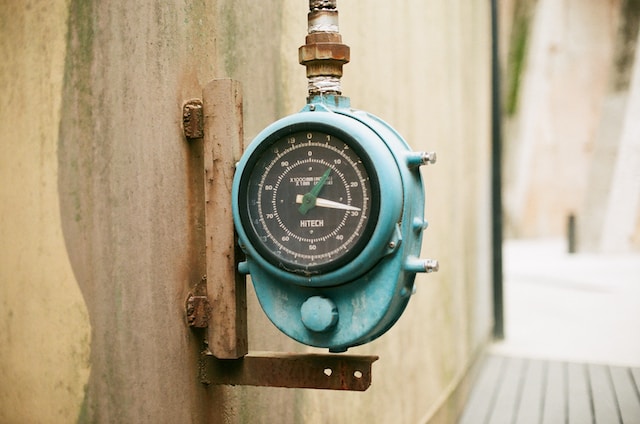Over time, rust, water, and bacteria settle into thick sludge inside the tank. The oil tank removal company will suck that sludge out of the tank, then clean the pipes and remove them from the ground.
Then, the contractor will backfill the area they disturbed with soil. They will also generate a laboratory analysis report demonstrating that the tank did not leak.

Get a Permit
Many towns require homeowners to get a permit for oil tank removal Westchester County NY, before beginning. Homeowners looking to hire a contractor should find out how much their town charges for a permit and ask the company for a quote.
The cost for a permit is typically low, and it will help to ensure that the work is done correctly. A professional oil tank removal company will follow all rules and regulations when removing an underground oil tank and have the proper insurance to cover any accidents during excavation.
A homeowner can also abandon their oil tank in place if they don’t want to delete it. This process is called in-place closure, and it involves soil sampling.
Hire a Licensed Contractor
A professional oil tank removal contractor can give you a quote based on your tank’s location, whether above or underground. The cost will also vary depending on the complexity of the project.
A qualified contractor will have specialized equipment, soil testing, and expertise in the unique steps required for safe oil tank removal. It is not a DIY job, and trying to do it yourself could result in site contamination, heat loss to your home, expensive soil remediation services, or even a violation of environmental regulations.
A leaking UST is a severe health and environmental hazard for your property. You will likely have signs of a leak, such as increased fuel bills, a sheen on the groundwater, strong oil odors, and dying vegetation in the yard.
Dig the Tank
A leaking underground oil tank can be a significant financial liability for homeowners. Complete cleanup and remediation can cost tens of thousands of dollars. And if the contamination makes it to groundwater, surface water, or public waters, those costs will be passed on to other property owners.
Many realtors recommend removing a home’s old oil tanks before selling it. And some mortgage companies refuse to finance properties with a leaking underground tank. Homeowner’s insurance usually contains a disclaimer for contamination from a leaking underground tank.
A licensed contractor will dig the tank and its piping and remove, decommission, and dispose of it. He’ll also trench and grade a natural spillway at the lowest part of the tank to prevent soil contamination if the tank leaks.
Remove the Contaminant
Over time, rust, water, debris, and dirt can settle into a thick sludge within your tank. This sludge must be sucked up with a pump, filtered, and disposed of as hazardous waste.
It is the most critical step in oil tank removal. If it isn’t completed correctly, you could contaminate the soil.
The sludge must be disinfected with chlorine or something more natural, like hydrogen peroxide or quaternary ammonium. It is essential to remove contaminants that may have leaked from the old tank and into the ground. Repeatedly, homeowners have discovered soil contamination around their buried tanks that their town building inspector or municipality had previously certified as being decommissioned. Proper remediation includes an extensive report with project documentation, soil sampling, and a professional statement that the tank did not leak in the past or will not leak in the future.
Remediate the Site
The soil around your UST must be tested for contamination during remediation. It will involve soil and groundwater sampling. The contractor must remove the soil and perform further site characterization if it is contaminated. It may include identifying at-risk receptors, determining whether there is a recoverable free product, and evaluating the depth of the groundwater plume.
